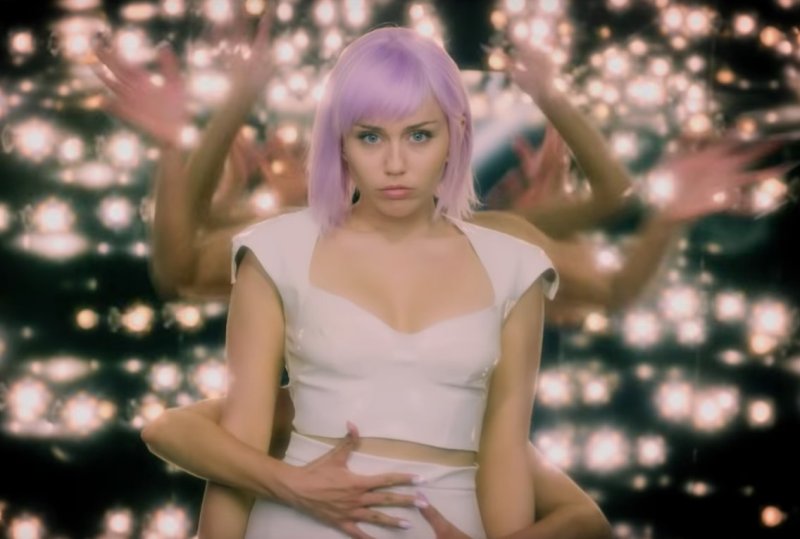Episodic anthologies are back and better than ever! (Well, maybe.) The recent rise of streaming services has allowed for the vigorous revival of a classic television formula from the olden days of “The Twilight Zone” and “Playhouse 90.” But as more and more studios jump onto the anthology bandwagon, cracks may be beginning to appear in their seemingly perfect marketability. Netflix’s “Black Mirror” has led this new trend with its masterfully dark and cynical takes on the evolution of our modern technological environment, but its newest season seems to succumb to several downfalls of anthological storytelling.
From a business perspective, it makes complete sense as to why these kinds of shows are becoming popular: anthologies are very accessible. A viewer can pick out any episode and get a good understanding of what the show has to offer, and each episode presents a fresh story, eliminating the need for heavy marketing or contrived cliffhangers.
It’s important to note that “Black Mirror” does a lot of things right — not everything, but a lot of things. And these things aren’t easy to pull off. For one, the show has been able to build a very recognizable brand without blatantly restricting its creative endeavours.
On the surface, “Black Mirror” is about technology and its Pandora’s box of horrors that humans are at the edge of opening. But some episodes, like “The National Anthem” or “Shut Up and Dance,” don’t really feature a specific fictional device to gawk at; they focus on the mistrust, uncertainty, and panic that has come to characterize our time with our everyday devices. While not easy to put into the right words, the unsettling look into the flaws of our civilization is a very identifiable common thread through each episode. At the same time, this thread can be very vague in its physical manifestations, leaving it open to an almost limitless array of story possibilities. It’s a well-balanced schtick that is not easy to recreate.
Of course, a gimmick on its own can’t carry a show. The specific ideas that the episodes explore are also very cleverly chosen. Most episodes revolve around simple scenarios that result from one or two specific technological inventions, such as in “An Entire History of You,” where a chip in your head lets you maintain and organize a photographic recount of your life. By keeping the fictional grounded, these alternate realities feel like exactly that: alternate versions of our reality, where only a couple changes in our lives could bring us into the world of the show. Each episode is very relatable and thus good at striking an emotional chord with the audience.
“Black Mirror” is also written in the way an anthology should be. Each episode feels very tightly and precisely structured while still maintaining a naturally flowing story. The show is famous for its reality-shattering plot twists, but creating a fleshed-out world and set of characters for each hour-long installment is no small feat. Most of the show’s most critically acclaimed episodes, such as “Be Right Back” and “San Junipero,” are drama-heavy character pieces, the latter being a full-fledged love story with the sci-fi element layered on top. It’s amazing that showrunner and frequent writer Charlie Brooker has been able to pull these off again and again.
Cue season five, which has not been as well received by critics or audiences as the other seasons. Many of the criticisms indicate that “Black Mirror” may be stumbling from its boundaries as an anthology.
It’s hard to say that “Black Mirror” has run out of ideas, because it hasn’t. In fact, the problem seems to be the opposite: season five had too many ideas — at least, too many for just three episodes. Take the last episode of the season entitled “Rachel, Jack, and Ashley Too.” It revolves around a popstar named Ashley O whose identity as an artist is exploited in a multitude of ways. This concept branches out into many different avenues, such as mining a person’s creative voice from their mind, the uber-positive culture of some online communities, and true identity in relation to circumstantial parts of life, all of which are very interesting ethical issues to look into. But the creators, seemingly in fear of missing out on delving into some of these themes, decided to construct the plot with a shotgun-blast approach, only taking shallow dives into each subject and quickly moving on.
Looking at the restrictions of an anthology, it’s understandable why it was written like this. The concept for an episode can usually only be used once or twice to avoid repetition, so it makes sense to try and extract as much interesting material as possible from each idea. Nevertheless, covering all of the bases like this does not make for interesting storytelling, given the time constraints. Whereas each hour-long episode felt like a tool to tell a streamlined, exciting story in earlier seasons, season five views the hour limit as an obstacle to a complete, fulfilling arc.
Additionally, the show seems to have become too self-aware of its identity. In an effort to maintain that signature uncomfortableness of “Black Mirror,” season five goes from one extreme to the other, forcing intense confrontations that end up coming off awkward or rejecting naturally dark endings to subvert itself and take on a happier tone. And since each episode is a standalone experience, each story can’t be later corrected or saved and is effectively wasted by muddled tones.
Season five of “Black Mirror” certainly isn’t horrible when compared to lots of other shows, but its flaws are telling. “Black Mirror” had seemingly mastered the structure of an anthology, getting by on its engaging, self-contained writing. But as time passes, it’s becoming apparent that the show may not be able to keep up with its own unique storytelling style.
Contact Kenneth Jeon at k.jeonnn ‘at’ gmail.com.
